Introduction
In the vast culinary landscape of China, braised dishes occupy a prestigious position, celebrated for their rich flavors, tender textures, and deep-rooted traditions. Among these, braised lotus root stands out as a unique and delightful treat, combining the earthy sweetness of lotus root with the complexity of aromatic spices and savory sauces. Lotus root, also known as “renkon” in Japanese or “lian ou” in its native Mandarin, is a versatile ingredient cherished for its crispiness when raw and its ability to absorb flavors when cooked. This article aims to guide you through the meticulous process of making delicious braised lotus root, ensuring that every step is meticulously detailed to help you achieve culinary perfection.
Understanding Lotus Root
Before diving into the recipe, it’s crucial to understand the basics of lotus root. This aquatic vegetable grows in muddy water and is harvested for its long, cylindrical rhizomes filled with holes. These holes not only make lotus root visually appealing but also contribute to its texture, allowing sauces and spices to penetrate deeply. When selecting lotus root for braising, look for firm, unblemished pieces with clean cuts and a fresh, earthy aroma. Avoid pieces that are soft, discolored, or have an off-putting smell, as these indicators suggest spoilage.
Preparing the Ingredients

The beauty of braised lotus root lies in its simplicity and the harmonious blend of flavors. Here’s a comprehensive list of ingredients you’ll need:
- Lotus Root: 1 large piece, approximately 1.5 to 2 pounds
- Vegetable Oil: 2 tablespoons
- Scallions: 3, finely chopped (white and green parts separated)
- Garlic: 4 cloves, minced
- Ginger: 1 piece, about 2 inches long, sliced thinly
- Star Anise: 2 pieces
- Cinnamon Stick: 1 piece, about 3 inches long
- Cloves: 4 to 5
- Fennel Seeds: 1 teaspoon
- Light Soy Sauce: 3 tablespoons
- Dark Soy Sauce: 1 tablespoon (for color)
- Rock Sugar: 2 to 3 tablespoons (adjust to taste)
- Shaoxing Wine: 2 tablespoons (optional, but highly recommended for authenticity)
- Chicken or Vegetable Broth: Enough to cover the lotus root (about 4 cups)
- Sesame Oil: A drizzle for garnish (optional)
- Chili Oil or Red Pepper Flakes: For heat (optional)
- Green Onions or Coriander: For garnish (optional)
Step-by-Step Guide to Making Delicious Braised Lotus Root
Preparing the Lotus Root
Begin by washing the lotus root thoroughly under running water to remove any dirt or mud. Use a vegetable peeler to remove the outer skin, which can be tough and slightly bitter. Once peeled, slice the lotus root into half-inch thick rounds or, alternatively, into quarter-inch thick half-moons for a more bite-sized presentation. To prevent discoloration, soak the sliced lotus root in water with a splash of vinegar or lemon juice until ready to use.
Blanching the Lotus Root
Blanching helps to set the color of the lotus root and partially cook it, ensuring even braising later. Bring a pot of water to a rolling boil and add a pinch of salt. Carefully drop the lotus root slices into the boiling water and cook for about 2-3 minutes. Use a slotted spoon to remove the slices and plunge them into an ice water bath to stop the cooking process. Drain well and set aside.

Sautéing the Aromatics
In a heavy-bottomed pot or wok, heat the vegetable oil over medium-high heat. Add the chopped white parts of the scallions, minced garlic, and sliced ginger. Stir-fry until fragrant, about 30 seconds to 1 minute. Be careful not to let the garlic burn, as it will turn bitter.
Adding the Spices
Next, add the star anise, cinnamon stick, cloves, and fennel seeds to the pot. Toast the spices lightly, stirring constantly, until their aroma is released, about 1-2 minutes. This step is crucial as it awakens the flavors of the spices, enhancing the overall taste of the braised lotus root.
Deglazing and Seasoning
Pour in the light soy sauce, dark soy sauce, and Shaoxing wine (if using), stirring to combine with the aromatics and spices. Allow the mixture to simmer for a minute, deglazing the pot and creating a flavorful base for the braising liquid.

Adding the Rock Sugar
Rock sugar is a key ingredient in Chinese braising, adding a subtle sweetness that balances the savory and umami flavors. Add the rock sugar to the pot and stir until it begins to dissolve. If using granulated sugar, reduce the quantity slightly as it is sweeter and can overpower the dish if not used judiciously.
Preparing the Braising Liquid
Pour in enough chicken or vegetable broth to fully cover the lotus root slices. Bring the liquid to a gentle boil, then adjust the seasoning with a taste test. The braising liquid should be slightly sweeter and saltier than you prefer, as the flavors will concentrate during the cooking process.
Braising the Lotus Root
Carefully add the blanched lotus root slices to the pot, ensuring they are fully submerged in the braising liquid. Reduce the heat to low, cover the pot, and let the lotus root simmer gently. The braising process can take anywhere from 30 minutes to an hour, depending on the thickness of the slices and your preferred texture. For softer, more tender lotus root, extend the braising time slightly.

Finishing Touches
Once the lotus root is tender and has absorbed the flavors of the braising liquid, turn off the heat. If the sauce is too thin, you can remove the lotus root pieces with a slotted spoon and reduce the sauce over medium heat until it reaches your desired consistency. Taste and adjust the seasoning with additional soy sauce, sugar, or salt if necessary.
Serving
Transfer the braised lotus root to a serving dish, arranging the slices attractively. Drizzle a little sesame oil over the top for added fragrance (if using). Garnish with the green parts of the scallions, chopped green onions, or coriander. For a spicy kick, add a drizzle of chili oil or sprinkle with red pepper flakes.
Storage and Reheating
Leftover braised lotus root can be stored in an airtight container in the refrigerator for up to 3 days. To reheat, gently warm the slices in a covered skillet with a splash of the braising liquid or steam them until heated through. Avoid overcooking, as this can make the lotus root mushy.
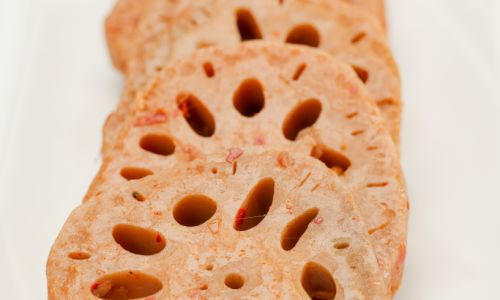
Conclusion
Making delicious braised lotus root is a rewarding culinary endeavor that combines patience, precision, and an appreciation for the subtle nuances of Chinese flavors. By following this detailed guide, you’ll be able to create a dish that is not only visually appealing but also bursting with layers of taste. Whether served as a main course accompanied by rice or as a side dish to complement a larger meal, braised lotus root is sure to impress and delight your guests. Happy cooking!
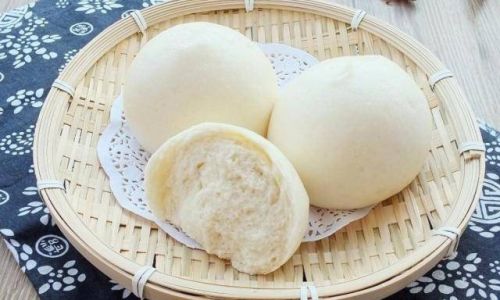
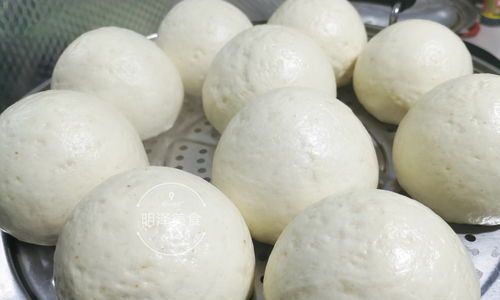
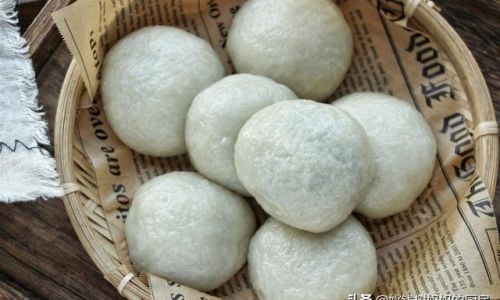
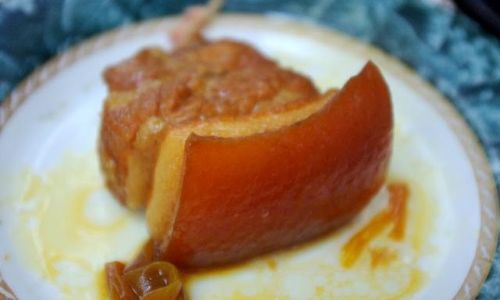


0 comments